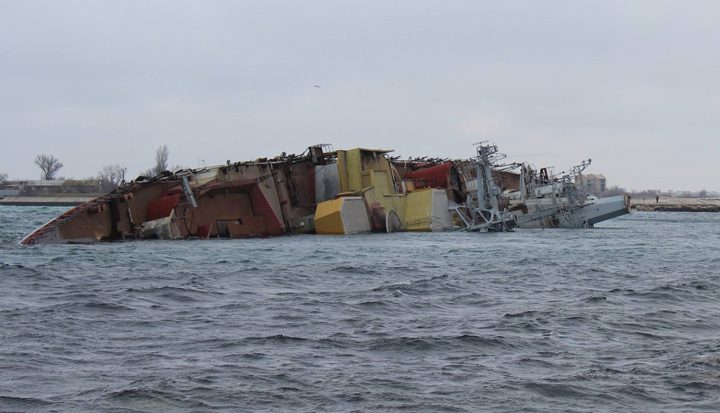Ahh, but that is done because of choice, not because they could not send in a piloted aircraft. That is not the same thing.
Yeah, it is. If we cannot send a manned aircraft (for whatever reason), but can send a drone, then those drones are expanding our operational reach. That's why everyone from the 4-Star COCOM to the Rifle Squad want them.
And here is the main thing about drones, I simply do not think they are going to perform a fraction as well as advertised the first time we (or somebody) has to use them in a conflict with an even half-way decent adversary with more than 1980's level technology. This is the one thing that the drone fanbois keep missing over and over again.
:shrug: It wouldn't surprise me at all to see drone conflict produce unexpected losses, just as the shift to power projection via naval aircraft did.
Russia has already publicly stated that they have been degrading US drone capability in Syria over the last year to the point that they are barely even used anymore.
:raises eyebrow: Have they now.
Iran has already brought down one of our drones electronically, in addition to shooting one down. And the only reason why it was shot down recently is because it was a drone. If it had been a piloted aircraft, they would not have done it because that would be just a fraction of a hair short of starting an all-out war.
:shrug: maybe. But the reason we are willing to risk getting an aircraft shot down is because it is unmanned. So yes, as I said - they extend our operational reach, because we (the military) can send them places we can't send pilots.
No, if the enemy is say Afghanistan, or Saddam's Iraq or Somalia-Venezuela, then odds are drones would be able to operate almost totally unmolested. But against a more advanced adversary, like say Russia, China, Iran, North Korea, India, Pakistan, or one of a hundred others I fairly sure that they will perform only a fraction as well as many expect.
:shrug: given that anything less than "100%" is a "fraction" and given that "many" is a deliberately amorphous description, it's very likely that you are correct.
That, of course, would make drones similar to
every other tool in the military arsenal, all of which will perform less well than hoped by some against a near-peer competitor.
We have similar capabilities ourselves as what we have seen from Russia in Syria. The Army has already started fielding the Silent Archer system into the field. And at this point it is only an ECM system to defeat drones, but in testing now is a capability to integrate it into other Air Defense systems to actively shoot them down. And this is only one of several systems being worked on, and since it is primarily made by a civilian company the few that much is known about.
Golly Gee Whillickers, you mean introduction of a new asset into armed conflict brings about attempts to mitigate it's impacts in a technological arms race?
Gosh! That's entirely new, and has never, ever happened before!
Response to Billy Mitchell in 1939: "Look, General Mitchell, if we build aircraft carriers,
they're gonna put more anti-aircraft guns on their ships. Better just not to do it."
Silent Archer Counter-UAS Technology | SRC, Inc.
But when it comes to larger drones,
then it really is no different than any other aircraft when it comes to shooting one down as well.
......sorta kinda not fully.
1. Because Drone design does not have to accommodate squishy, vulnerable, big, but fragile humans, they can be designed to achieve greater stealth, and don't have to include extraneous items like life-support systems and cockpits.
2. They can also adopt flight and evasion patterns that humans would be unable to sustain (This gets close to my earlier point as well about how cruise missiles and drones are increasingly converging).
3. The impact of lost drones is much less than the impact of lost pilots.
Although I believe that if they were used in a major conflict, ECM would eliminate the majority of them from being used.
I would be very suspicious of this claim, as ECM is only likely to disrupt interceptable signal between the drone and a base station, or, if we are very powerful indeed, an air or space platform. And, just as above, it is possible to design to defeat ECM. Kinetic solutions are, I think, still a necessary component of a modern counter-drone defense.


